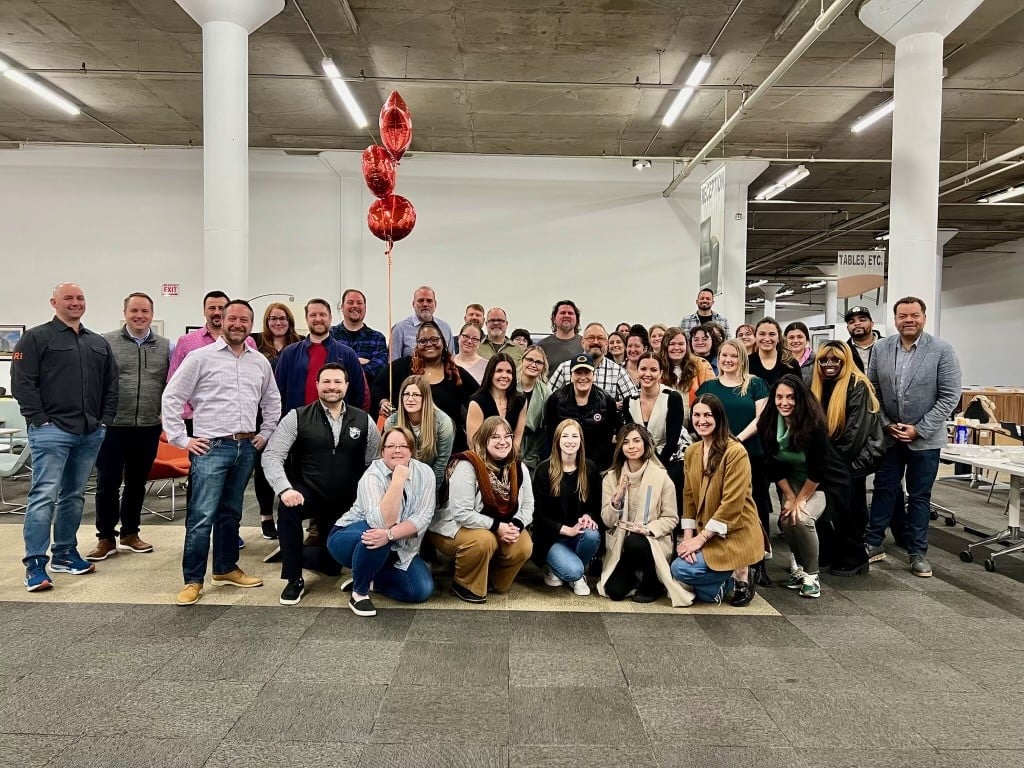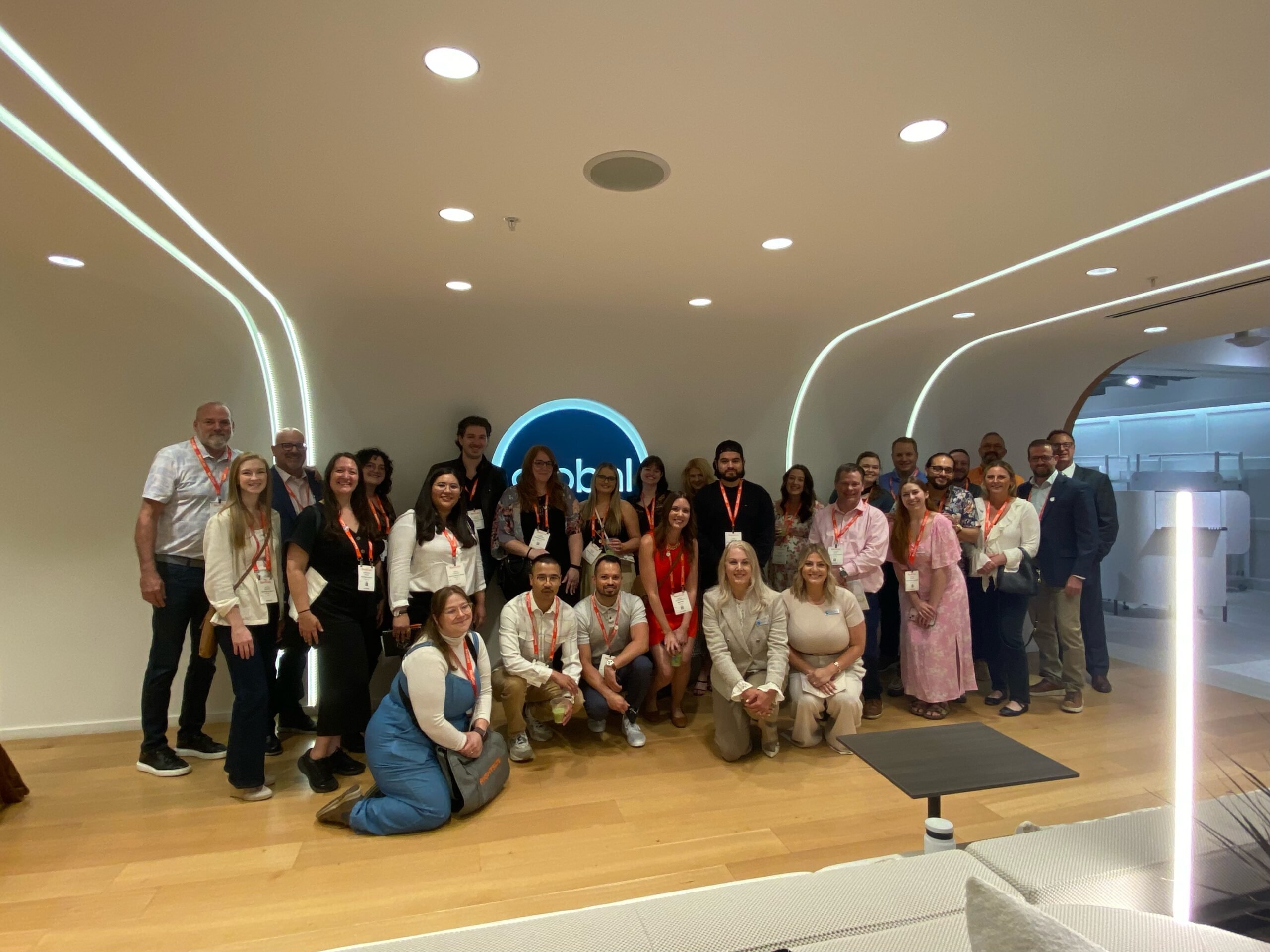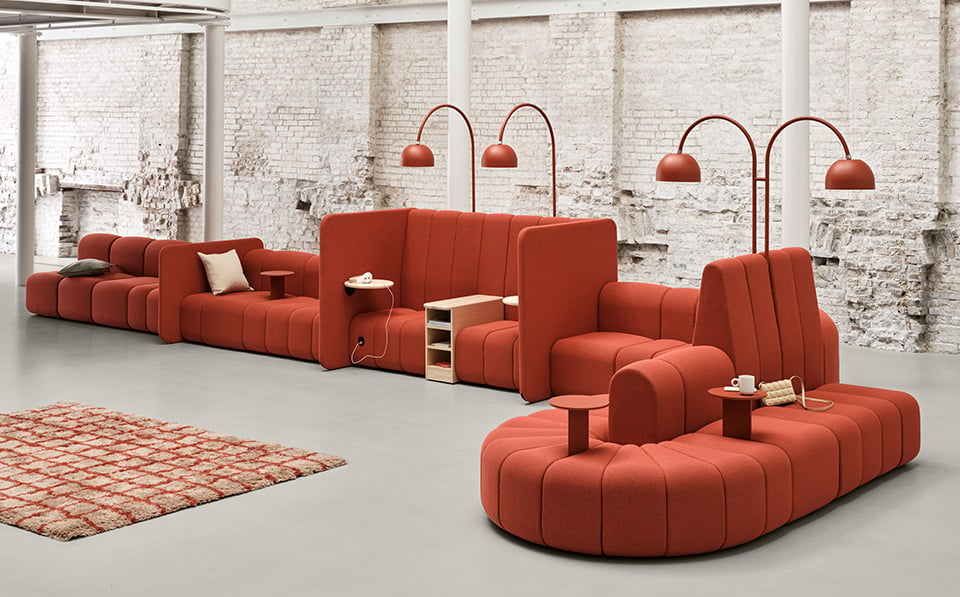The future of work is human, collaborative and inspiring. Nine-plus months into the pandemic, the impact on our workplaces and corporate culture still remains to be seen. COVID-19 has caused us to ask ourselves, what is the future of work? How will we maintain our culture, core values, collaboration, and continue to do business? We also must consider how this has changed how we hire and retain talent, and what the new expectations and demands of the workforce will be. How do we continue to communicate with and empower our current teams?
It is no secret that remote work will continue to be prevalent. We need to reimagine the future workplace not as a large solitary corporate HQ, but as a network or ecosystem of spaces that are adaptable, cost-effective, and offer multiple work options for various styles of work. This is being commonly referred to as a “hub-and-spoke model,” in which companies allow employees to work from home, visit the core office for in-person meetings, and also have access to smaller offices closer to their homes. This allows employees to have shorter commutes and more collaboration opportunities than they get when working from home.
We need to empower people with options that fit their needs and address four primary concerns that are at the center of the future workspace discussion: health, safety & wellbeing; remote work vs. work from home (WFH); purpose of place; and Business Resiliency. To accomplish this, we need to design and build more agile environments and workspaces that can quickly and easily shift from fixed to fluid. We need to rethink the purpose of the space and its design and make a compelling case for enticing employees and clients to feel comfortable enough to return.
A recent CoreNet survey of office workers projected the amount of time each week they anticipate spending at each location:
- Office: 47%
- Home: 42%
- Co-working: 13%
- Other: 10%
We should be leveraging technology more efficiently to provide a streamlined user experience within the newly designed spaces, and taking every measure to focus on wellness, safety, and productivity. The spaces we design should cater to their occupants, rather than forcing occupants to adapt to the spaces themselves. We should also be considering shared spaces, as well as community spaces and amenity lounges, as additional areas for collaboration and for coming together to get business done.
Some of the business advantages of doing this include a reduced cost of rent with smaller, less expansive offices in central business districts as well as the potential to have more employees per sq. ft. in that real estate based on a lower anticipated daily occupancy. It also provides access to a greater talent pool and workspaces that can be designed to cater to your specific real estate needs. There are also advantages for your employees, including a greater work-life balance, reduced commute times, opportunities to choose from a wider variety of spaces and styles of working, and an overall better quality of life.
We need to embrace the opportunity we are currently being presented with. It’s the perfect time to re-create workspace design standards and develop ways of working that best address the disruption caused by the pandemic. As we begin 2021, we have a chance to rethink how to best serve clients, our partners, and our employees as we continue to evolve and innovate. We can’t think of a better way to start the new year!
For more information, contact Rightsize Facility here.





